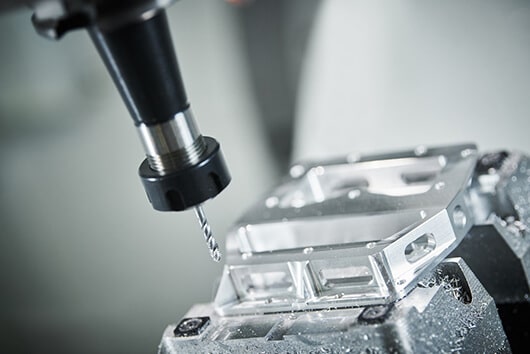| freeamfva | |
| freeamfvaのブログ | |
| 年代 | 30代前半 |
|---|---|
| 性別 | 女性 |
ブログライター
ブログ
| TITLE. Engineering Drawing Basics Explained |
DATE. 2023年04月19日 12:24:51 |
THEME. 未分類 |
|
Engineering Drawing Basics Explained An engineering drawing is a subcategory of technical drawings. The purpose is to convey all the information necessary for manufacturing a product or a part.To get more news about engineering drawing symbols and meanings, you can visit runsom.com official website.
Engineering drawings use standardised language and symbols. This makes understanding the drawings simple with little to no personal interpretation possibilities. Why? Because most of the machinery uses CNC systems that can read the information straight from the files and produce a cutting program accordingly. Drawings done by hand would just add a lot of manual work for manufacturing engineers. So, we are left with only one option really – every engineer should use CAD (computer aided design) software because of its many advantages.
You can, of course, use CAD for making drawings from scratch. But the easier option is to first make a 3D model and create the drawings from that, as the programs generate the views with only a few clicks. All you need to do is add the dimensions. Having models also makes updating the drawings for revisions simple.
The lines that are vertical and parallel are in their true length. This means you can use a ruler and the scaling of the drawing to easily measure the length straight from a paper drawing, for example. The same does not apply to angled lines. This is the bread and butter of an engineering drawing. An orthographic view or orthographic projection is a way of representing a 3D object in 2 dimensions. Thus, a 2D view has to convey everything necessary for part production. This kind of representation allows avoiding any kind of distortion of lengths. |
||
| TAG. rapid prototyping service | ||

















コメント
コメント:0件
コメントはまだありません